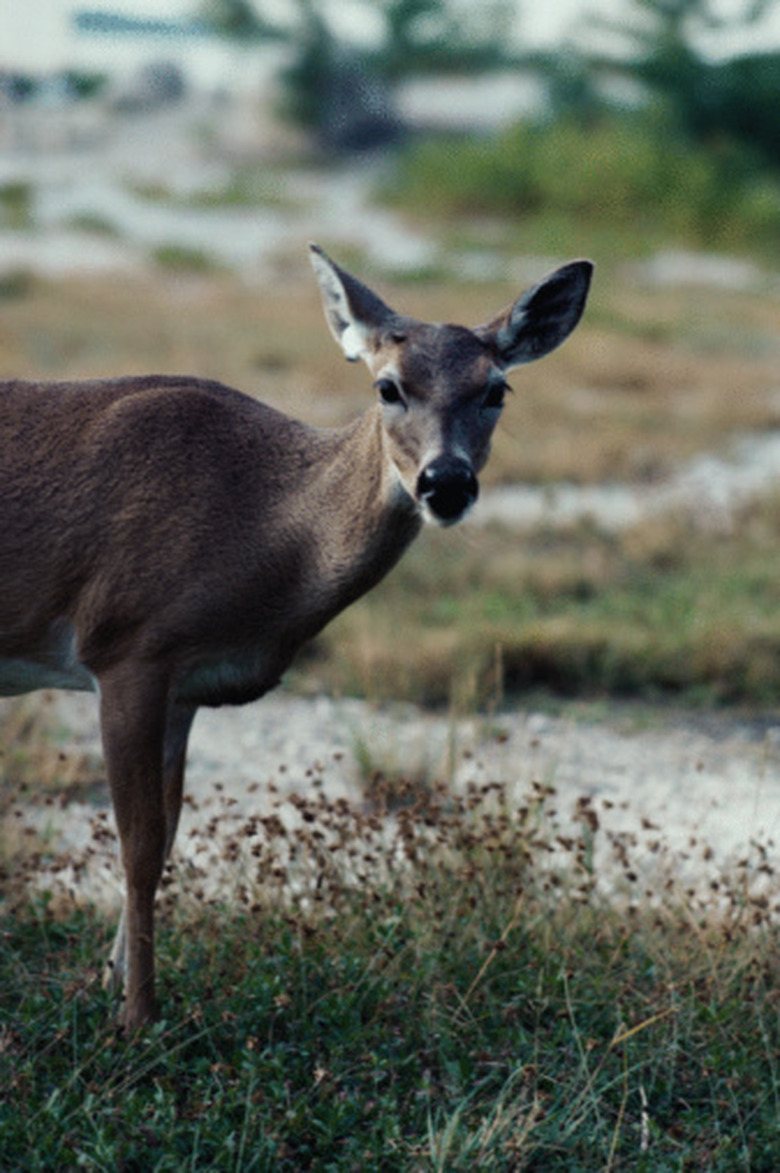Deer Resistant Lilac
Lilac shrubs and trees can add color, fragrance and texture to your yard, but they can also repel deer. Though deer tend to dislike lilac varietals in general, a few are especially deer-resistant.
Deer-Resistant Varieties
Deer-Resistant Varieties
Rutgers University's New Jersey Agricultural Experiment Station classifies the common lilac (Syringa vulgaris) and the Japanese tree lilac (Syringa reticulata) as "seldom severely damaged" by deer, the second-highest deer resistance rating. Persian lilac (Syringa x persica) is only "occasionally damaged" by deer. According to the University of Georgia, deer tend to avoid plants with strong aromas, such as lilacs.
Features
Features
The common lilac, a deciduous shrub, can grow up to 15 feet tall. The common lilac produces fragrant white, pink or purple clusters of blossoms in the spring. A deciduous tree, the Japanese tree lilac can grow up to 30 feet tall and 20 feet wide. Japanese tree lilacs produce fragrant, loose white flowers in mid-summer. Persian lilacs are fast-growing, deciduous shrubs that can reach up to eight feet tall. They produce sweet-smelling, lavender clusters of flowers
Cultivation
Cultivation
Common lilacs prefer sun to partial shade and can thrive in a variety of soil types, including heavy soil. The Japanese tree lilac prefers full sun and can thrive in a variety of soil types, including clay. Persian lilac prefers sun to partial shade and well-drained soil.
References
- University of Nebraska-Lincoln, Deer: Plants Deer Will Not Eat
- Rutgers, New Jersey Agricultural Experiment Station: Landscape Plants Rated by Deer Resistance
- University of Connecticut Cooperative Extension System: Deer and Plants They May or May Not Eat, Maybe
- North Carolina State University Cooperative Extension: Syringa vulgaris
- North Carolina State University Cooperative Extension: Syringa reticulata
- North Carolina State University Cooperative Extension: Syringa x Persica
